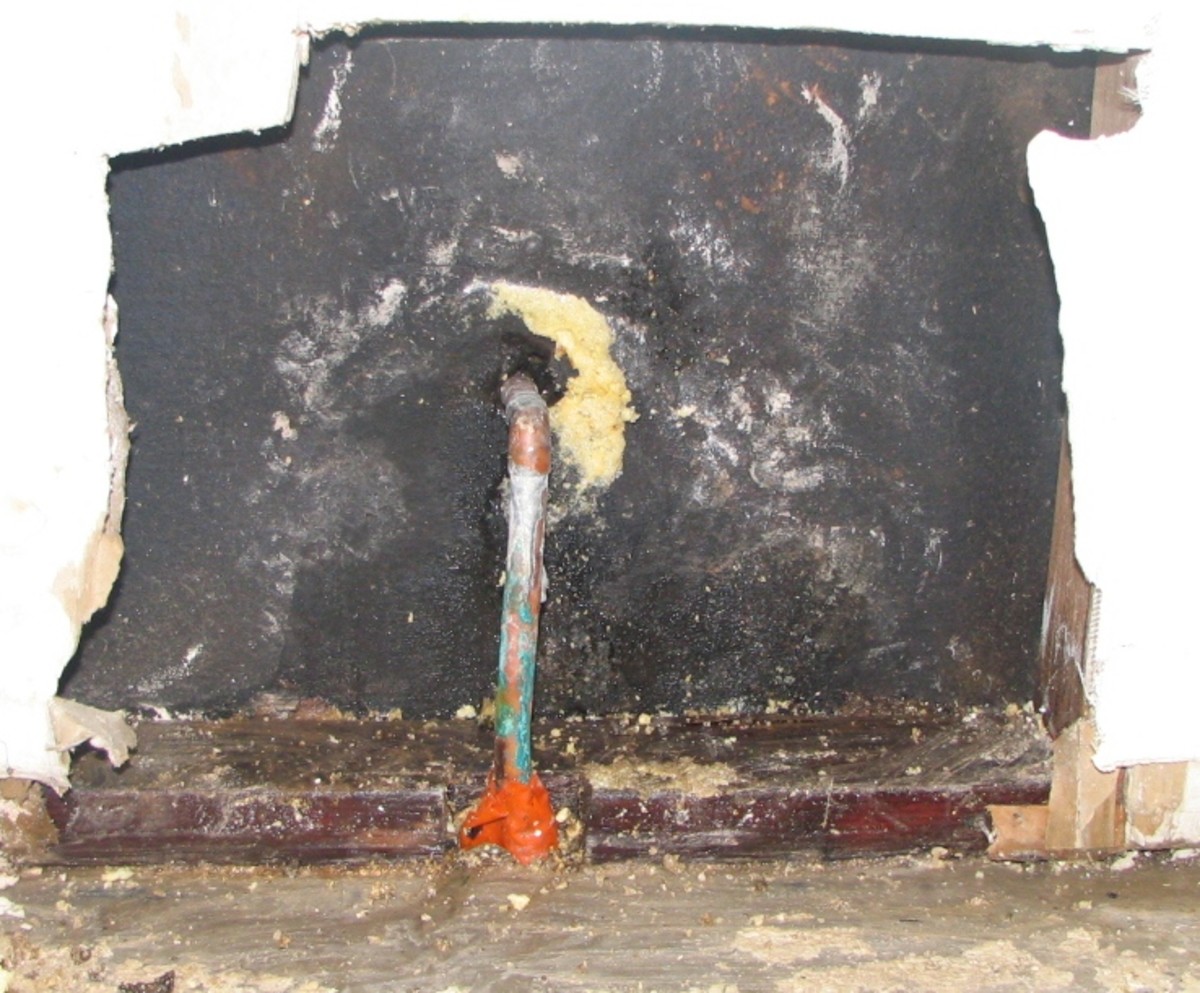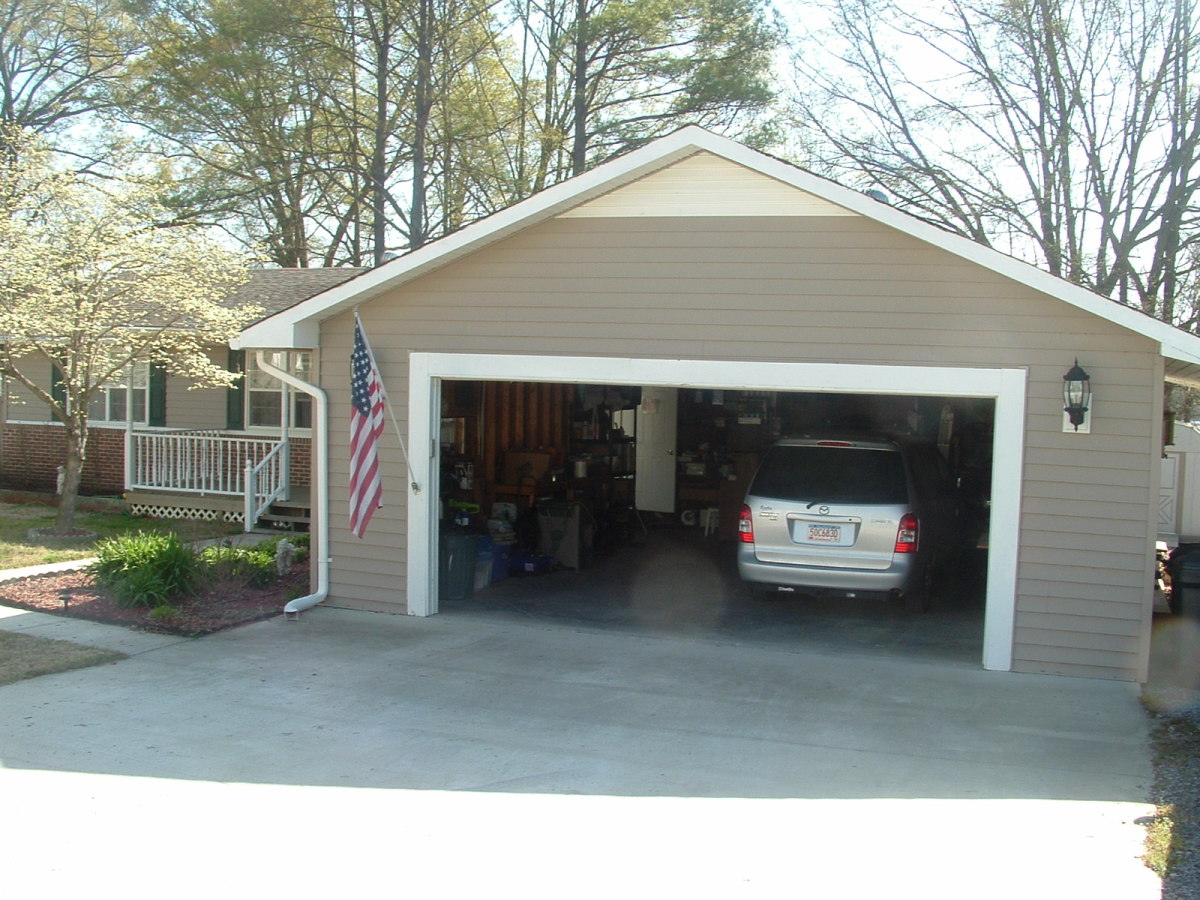How to Become a Real Estate Investment Millionaire and Achieve 30 Percent Returns!


Rental Returns and Percentages
Solid investment returns in 2013 are important for all future real estate millionaires!
How much should the rent returns target be for residential rentals in order to keep from losing properties one has worked hard to acquire?
The Problem: Potential Vacancies
What if a landlord has four rentals and they all go vacant at once? This can and does happen. In good times the rents need to profitable enough for the landlord to place money in reserve for a rainy day.
Articles on real estate investing rarely discuss making the payments once one owns property perhaps because this involves using algebraic calculations and it may be uncomfortable for some.
Anyone reading this hub probably owns or will own rental property. Many who acquire properties are not able to retain them because of underestimating the potential rental returns; the properties should bring to cover the cost of a mortgage, insurance, and maintenance, and in some cases property management.
This does not imply that buyers are unable to add and subtract---everybody knows if there are $1000 in monthly expenses one needs at least $1000 from somewhere to pay the bills..... where is that $1000 is going to come from if a property goes vacant? What rental returns are needed to acquire money to develop reserves?
Set Benchmarks
Few sources discuss how much rent should be relative to the expenses for property purchases. When it is mentioned, often it is in the context of formulas using ROI, or rent CAP. These formulas may be helpful to some people but others may find it easier to use the 1.3 formula. The 1.3 formula means that the desired rental returns should be 1.3 times the total monthly outgo. One does not need a fancy calculator for this. Many people could estimate this in their heads. Lots of people have no idea what a CAP rate is, but if one says the rents should be 30% more than the outgo, they know what that means.
What does one gain by having the 1.3 rent factor? For simplicity say there are four identical properties. They could be single family homes, condos, multiple residential properties, doesn't matter. If one of the four goes vacant, then with the rent factor of 1.3 a landlord is still getting exactly enough rent to pay the vacant fourth property's expenses. In good times one can put aside the fourth property's excess money and save it for bad times. For more on this check out real estate books by Tyler Hicks. This man discusses the 1.3 rent factor and he has probably saved many readers from losing their properties.
My Hero Tyler Hicks

Target Properties
So now someone can go right out and buy property that fits the 1.3 rule, right? Maybe..but probably it won't be that easy in most areas. Commonly, the bigger the house or the more square feet a property has, the harder it is to achieve the Rule of 1.3. What does that mean to an investor?
It means properties that are not showplaces or properties with smaller square footage will probably pencil out better than larger, more attractive properties. In the case of single family homes, it means nicer homes in fabulous areas probably will not pass the rule of 1.3. In times of rapid property inflation people were able to buy and sell these properties so quickly that they didn't care about cashflow. Now, cashflow is more important. Translation: sometimes a house, condo, townhouse, multiple family property in a not so glamorous location will cashflow better and is a better target for the investor. It may not offer the chances for as much appreciation, but all things being equal, this offers the chance to satisfy the Rule of 1.3 for residential rental returns.
Here is a real example: say there is a one bedroom condo in Winston-Salem, North Carolina and the market rent for this 650 square foot condo is $475/month. The condo dues are $100/mo, the taxes are $40/mo, fire insurance is $15 a month, and the mortgage is $200 a month. Here, the 1.3 rule is satisfied because the expenses total $355. Take $355 x 1.3= $461 and the rent of $475, which exceeds the required $461/month. The monthly “profit” before depreciation is $461 minus $355=$106. The gross is 70 cents per square foot. The net is16 cents per square foot.
Suppose in the same condo complex the two bedroom condos are 800 square feet and the market rents on those is $570. Say the condo dues on the two bedroom unit are $120 a month, the fire insurance is $15 a month, the taxes are $50 a month, and the mortgage is $275. The expenses are $460 a month. $460 x 1.3=$598. But the rent is less than $598 --- we only have $570 rent. The rule of 1.3 is NOT satisfied here. The net just under 14 cents per square foot.
Taking this a step further: one has the monthly income from the two bedroom condo at $570 minus monthly expenses of $460=$110 profit. The income from the one bedroom condo is $475 minus $355= profit of $120/month. One sees how the profit per square foot on the first condo is higher than on the second. Realtors say over and over not to buy one bedroom units but everyone is looking for one bedrooms that are affordable.
Condos are perfect for the newly divorced, the senior citizens on fixed incomes, and students in college. Also the entire condo purchase price can be depreciated on the taxes whereas with a single family home, where the home value may be only 40 percent of the purchase price where the lot is 60 percent of the value only the home value can be depreciated on taxes. Bottom line, one may have better cashflow in a condo or a small house than with larger properties.
Let's go back to the 1.3 rule and calculate another example: take a small house with principal, interest, taxes, and insurance of $700. Say the rents are $950. The net profit before deprecation is $250. This house fits the 1.3 Rule.
On the other hand, suppose one has a larger house, and the rent is $2250, and the expenses are $2150--the profit is just $50. This house does NOT fit the 1.3 Rule. If it did rents would have to be 1: 1.3 x $2150=$2795. With the small house, one can save the $250 a month for a year and if it goes vacant, then one has a $3000 cushion of safety to pay expenses. With a cushion like this one could make payments for 4 months if one had to., or they could have 2 months of vacancy and have to replace the stove for say, $500, and they would still have $1100 left over.
With the large house, if one has to put one small repair in place, they find themselves in the negative. If someone can manage to save the $50 a month, then in one year one has just a $600 cushion of safety....plainly one can see it will take 5 years of “no vacancy” to build up the safety net of the smaller property that only took only one year to acquire.
Here is another link to help determne whether one has the right cashflow to make a profit and become a future real estate millionaire: : http://ezinearticles.com/?Price-To-Rent-Ratio-(Rental-Yield)-for-All-US-States---Real-Estate-Analysis&id=5904389 Happy Investing!
Copyright 2012








